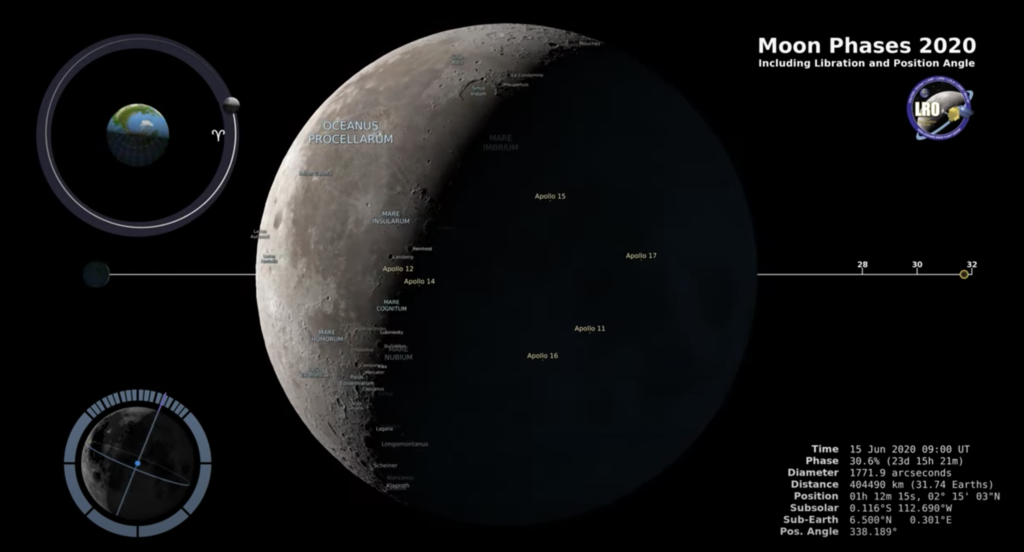For eons, scientists have been debating the murky earth & lunar origin stories and studying the scant evidence available. There is still no clear, decisive, winning theory.
For many years, the leading theory was the result of a lucky intersection of orbital paths between the earth and a wandering moon that got too close and was captured by earth’s gravity, but analysis of moon rocks retrieved from the surface of the moon tell a different story. With recent advances in technology, it has become apparent that the chemical signatures of the earth and the moon are identical. Radioactive elemental isotopes are like the DNA present in all living things.
These isotope-related discoveries are key to a new, developing model of how the earth and moon may have been formed in early days. The data suggests that the earth and the moon may be the result of an astronomical phenomena called Synestia. The developing theory suggests that two planetary objects collided with such force that both were utterly pulverized, resulting in a dense cloud of gas, water vapor, rock and molten lava called a Synestia. Over considerable time, both reformed independently, yet in close proximity. Magma and rock collected and condensed through accretion and gravity, and physics & chemistry did the rest.
According to this theory, over millennia, the moon and earth settled into a beautiful, slow motion dance of synergy. The earth kept the moon in a steady orbit and the moon’s orbit stabilized the earth’s rotation on its axis. This stabilizing effect probably created the conditions possible for the development of complex life arising on the surface of the earth.
Whether this theory is correct or not, it is an interesting idea, and it must certainly be the subject of many discussions among planetary scientists.
Link here to a beautiful video produced by NASA, showing the lunar cycle phases. You can forward to any date in 2020 to see what the moon will look like on that day. Hypnotizing if you watch in full-screen mode with the volume up.


Would you like to share your thoughts?
Your email address will not be published. Required fields are marked *